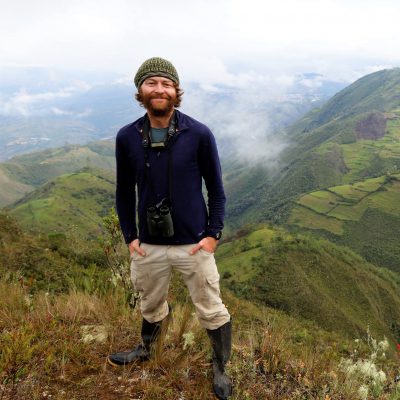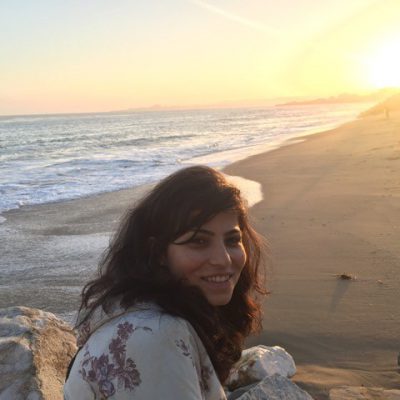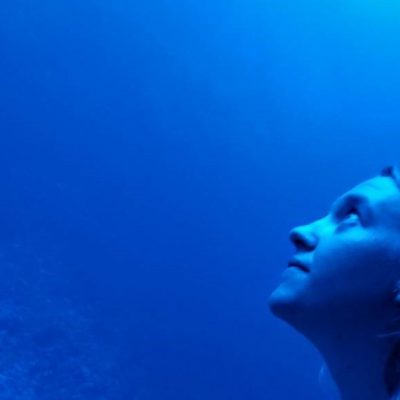2018-2019
2018-2019 Fellows
“I study the patterns and processes shaping avian community assembly in high elevation cloud forests of the Peruvian Andes undergoing fragmentation and agricultural conversion. Using a mix of community-wide surveys, mist netting, radio telemetry, bio-logging technology, and vegetation surveys I (1) describe how landscape heterogeneity and functional traits explain patterns in avian community structure along agricultural conversion gradients and (2) explore how potential mechanistic links, including space use, micro-habitat selection, and light micro-environments, contribute towards community assembly in fragmented landscapes. The work occurs in Amazonas, Peru amidst one of the most dramatic disruptions in the Andes Mountains, creating extreme topographical and climatic complexity. I and fellow graduate student Felicity Newell started the project Aves del Bosque Montano Peruano to help share our science with our local community partners via environmental outreach programs.”
“During the coming year, I will focus on analysing data for my research on species distribution analysis and mapping of various mammalian carnivores in North East India. I will look into ecological and anthropogenic factors driving distribution and habitat-use patterns of the regional carnivore community which is composed of many threatened species. I will utilise thousands of camera-trap images and advanced statistical modeling to estimate these quantities. Results of this research will aid the forest department in directing their conservation resources more efficiently. As a side project I am working on automatizing image recognition of camera-trap photographs using machine learning algorithms.”
“Ipereg Auy, which translates from Munduruku to We are strong; We know how to protect ourselves and all We believe in stands at the forefront to resist the Brazilian government’s destructive plans for Amazonia and to ensure their legal guarantees to self-determination and homelands. Ipereg Auy emerged in 2012 to confront Brazil’s proposed mega dam complex that includes seven dams along the Tapajós River and its major tributaries.  Aside from the immediate impacts on the environment, these dams have the potential to completely transform the Tapajós valley into an industrial, mining and agricultural landscape that would have irreparable harms on indigenous lifeways. In this coming year, in order to develop a more comprehensive understanding of Ipreg ayu as a SMO and to understand their mobilizing structure and strategies, and specifically how gender intersects the power alliances within MMIA and informs the greater associations of the Mundurukus, I will participate on their woman’s resistance assembly to conduct interviews, observation and
Aside from the immediate impacts on the environment, these dams have the potential to completely transform the Tapajós valley into an industrial, mining and agricultural landscape that would have irreparable harms on indigenous lifeways. In this coming year, in order to develop a more comprehensive understanding of Ipreg ayu as a SMO and to understand their mobilizing structure and strategies, and specifically how gender intersects the power alliances within MMIA and informs the greater associations of the Mundurukus, I will participate on their woman’s resistance assembly to conduct interviews, observation and to produce with them a documentary. The information gathered will serve the production of the thesis about Ipereg Ayu and the main product in the coming year will be the production of the chapter about the consultation protocol which will serve the Brazilian legal process on this matter. As a side project I will be conducting non-violent resistance trainings to community leaders who are currently under threat of losing their lands and rights due to the current President elected who have made strong statements about indigenous peoples and environmental law, and will be feeding into my youtube channel directed to empowering woman.”
to produce with them a documentary. The information gathered will serve the production of the thesis about Ipereg Ayu and the main product in the coming year will be the production of the chapter about the consultation protocol which will serve the Brazilian legal process on this matter. As a side project I will be conducting non-violent resistance trainings to community leaders who are currently under threat of losing their lands and rights due to the current President elected who have made strong statements about indigenous peoples and environmental law, and will be feeding into my youtube channel directed to empowering woman.”
The deep sea is a harsh, otherworldly environment few humans get the chance to see. That is, without advanced technology. University of Florida doctoral researcher Jessica Whelpley with the Whitney Lab for Marine Bioscience participated in deep-sea dives in a state-of-the-art submersible developed by OceanX.
She accompanied world-renowned biologist Edith Widder and co-founder of Ocean Research and Conservation Association, who studies bioluminescent organisms. Click here for full story.





